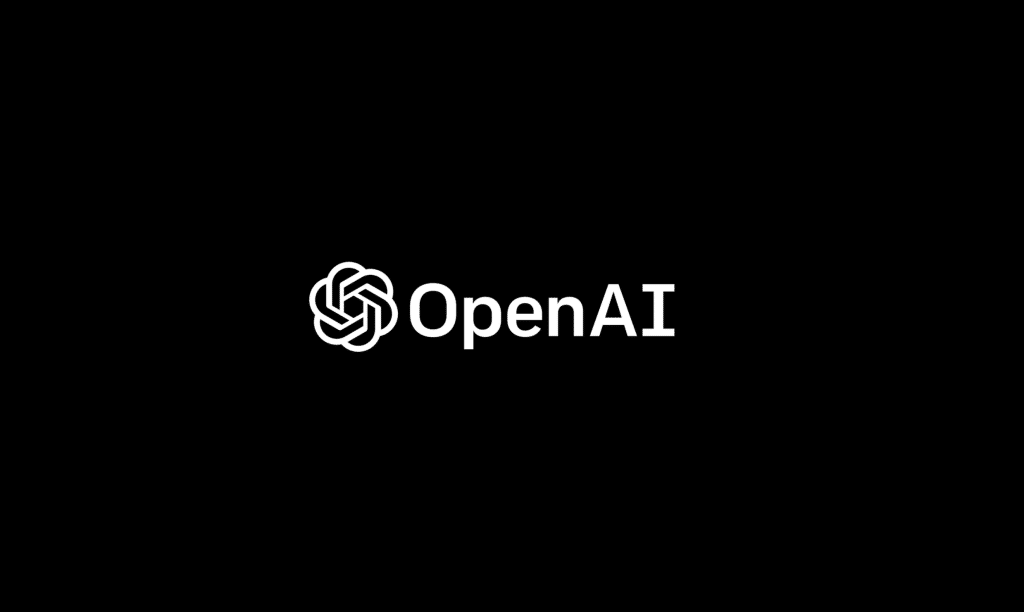
OpenAI has launched its new flagship model family, GPT-5, but the release has been accompanied by a controversial decision – to discontinue all existing models within ChatGPT. This policy, confirmed by an OpenAI spokesperson, means that users can no longer manually select older, once-beloved models such as GPT-4o, o3, and o4-mini. The move to a single, unified GPT-5 experience is now being rolled out to Plus, Free, Pro, and Team users, while only Enterprise and Edu tiers have a brief 60-day window to use legacy models before OpenAI pulls the plug on them as well.
The abrupt removal of these models has led to a backlash across online forums and social media. On Reddit’s dedicated ChatGPT forum, numerous users have voiced their displeasure, with some even canceling their paid subscriptions. The central complaint is the complete disruption of established workflows built around the specific behaviors and response characteristics of the older models. One user lamented, “Everything that made ChatGPT actually useful for my workflow—deleted.” The loss of GPT-4o, the previous default model, has been particularly distressing for many, who felt it possessed a unique “warmth and understanding” that made it feel more like a collaborator than a tool.
This decision to consolidate the model lineup is a direct consequence of a strategic shift at OpenAI to simplify the user experience. CEO Sam Altman has previously acknowledged that the old model picker, with its growing list of options, had become a “confusing mess.” The GPT-5 system, therefore, is designed to be a “unified agent” with a smart internal router that automatically selects the most appropriate model for a given task, whether it requires a quick response or deep reasoning. This router is continuously refined using real-time data, including user preferences and response accuracy, to improve its decision-making over time. For developers, OpenAI is offering explicit variants of GPT-5 through its API, allowing them to choose between cost, latency, and capability based on their needs.
However, despite the company’s claims of superior performance, a large number of users have reported a degradation in their experience. Complaints have centered on the new model’s perceived slowness, shorter replies, and unforced errors, with one user on a developer forum noting that it “gets some of the most basic things wrong.” For instance, a simple math problem involving decimals resulted in an initial error, which the model corrected only after being prompted to “show its working.” This seemingly minor oversight has been cited as an example of “reasoning slips,” where the model generates a plausible answer based on patterns rather than a step-by-step calculation, reminding users that even advanced AI is not infallible. This perceived step backward in performance has further fueled the user discontent and calls for the return of the older, more reliable models.
While OpenAI’s strategy is aimed at “catapulting” its millions of users into a future of more powerful, streamlined AI, it also risks alienating its most dedicated followers. The company is betting that the long-term benefits of a single, highly capable model will outweigh the short-term inconvenience and frustration. The unified GPT-5 system, with its boosted agentic capabilities and promise of “PhD-level intelligence” across a range of fields, is an improvement, but the company now faces the challenge of rebuilding user trust and proving that its new model is a true upgrade, not a compromise.





